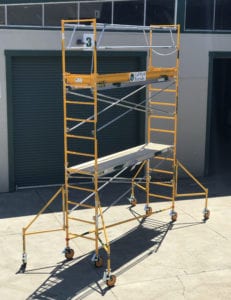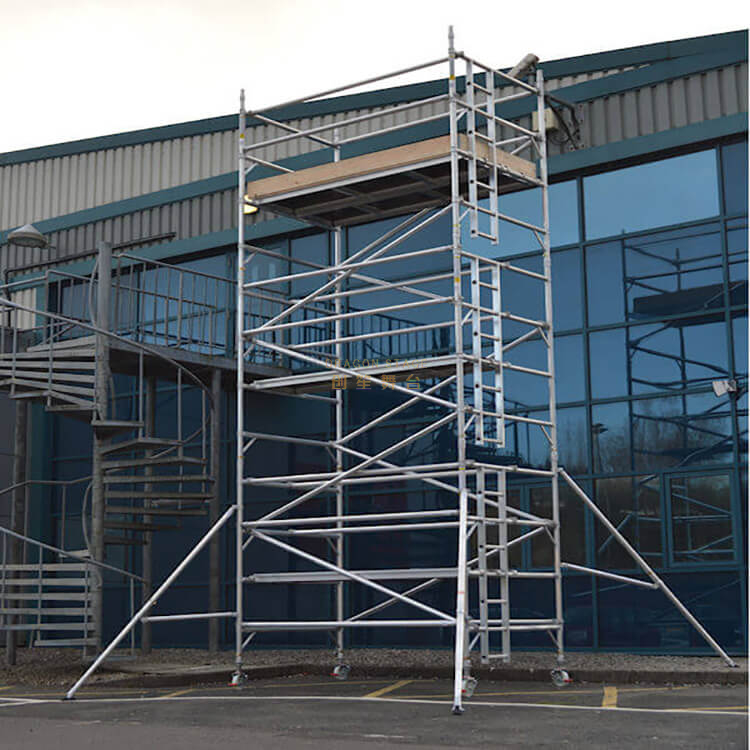Browsing Scaffolding Rules and Compliance
For understanding scaffolding laws and conformity, prioritize safety methods and complete inspections. Adherence to OSHA requirements is crucial for a safe and secure building and construction setting. Stay upgraded on conformity needs and state-specific regulations to avoid fines and delays. Implement safety ideal practices like threat recognition and clear interaction of protocols. Normal training sessions and qualified inspections are key for maintaining compliance and preventing accidents. Recognizing these aspects is important, directing you towards a well-regulated building site.
Review of Scaffolding Regulations
Scaffolding policies play a vital role in making sure security and conformity at building websites. Normal scaffolding examinations are pivotal to maintain these criteria and stop accidents. Abiding By Occupational Safety and Health Management (OSHA) criteria is necessary to guarantee a secure working environment for construction employees. OSHA has set forth particular guidelines for scaffolding, consisting of demands for construction, style, and load-bearing ability.
Scaffolding inspections have to be carried out by proficient personnel to evaluate the structure's stability and recognize any kind of potential threats. These inspections should happen prior to first use, adhering to any type of alterations or damages, and after any events that can influence the scaffolding's stability. Examiners need to make sure that scaffolding parts are in excellent condition, safe connections are in place, and proper gain access to points are given. By sticking to OSHA standards and carrying out detailed scaffolding evaluations, building sites can alleviate dangers and produce a more secure environment for workers.
Trick Compliance Needs
Making sure adherence to key compliance demands is crucial for preserving a secure and controlled building setting. Building and construction business must remain current with regulatory updates to guarantee that their scaffolding methods fulfill the required criteria. A compliance checklist serves as an important tool in this regard, laying out the necessary needs that need to be satisfied to assure security and lawful conformity. These lists usually consist of products such as proper scaffold setting up, routine inspections, appropriate loss defense procedures, and worker training.
Regulatory updates are vital as standards and requirements might develop in time to address new safety concerns and enhance existing methods. By keeping up with these adjustments, business can adjust their procedures appropriately and keep continued compliance. Regular training sessions for employees on upgraded guidelines and ideal practices are additionally necessary to maintaining a society of safety and security and conformity within the company.
State-Specific Standards
Remaining notified about the specific regulations stated by individual states is critical for building firms to ensure full conformity with scaffolding standards. State-specific variations in standards can pose significant conformity difficulties for building companies. Each state may have its own collection of guidelines concerning scaffolding design, building and construction, and inspection demands. Some states could have more stringent regulations contrasted to others, bring about prospective complication and problems in making sure adherence to all needed standards.
Navigating through these state-specific standards requires a detailed understanding of the guidelines in each jurisdiction where the building jobs are happening. It is vital for companies to remain upgraded on any type of modifications or updates to the scaffolding laws in the states they operate in. Failure to adhere to state-specific standards can result in pricey penalties, task delays, and, most importantly, compromised employee safety.
To conquer conformity challenges related to state-specific variations, building and construction firms should establish clear interaction channels, offer recurring training to workers, and perform routine audits to make sure that scaffolding techniques straighten with the particular guidelines of each state. By proactively attending to state-specific standards, construction firms can preserve a high level of conformity and security throughout their projects.
Applying Safety And Security Ideal Practices
Executing durable safety best techniques is extremely important in the construction market to secure workers and warranty conformity with policies. Security treatments play an important duty in mitigating risks connected with scaffolding work. Prior to beginning any scaffold-related activities, complete risk identification should be carried out to analyze potential risks. This entails evaluating the worksite for any existing or prospective hazards that might pose a threat to workers' security. As soon as hazards are identified, appropriate safety and security treatments ought to be carried out to regulate and minimize risks. This may consist of making use of autumn protection devices, guaranteeing proper scaffold setting up, and conducting routine safety examinations.

Furthermore, safety and security ideal methods need to encompass clear interaction of security protocols to all employees involved in scaffolding procedures. Training on danger recognition and mitigation must be given to make sure that employees are geared up to identify and resolve security worries properly. By prioritizing safety procedures and risk recognition, building and construction firms can create a safe and secure working environment that abides by regulations and safeguards the well-being of their workers.
Training and Examination Protocols
Training protocols play an important function in making sure the security and proficiency of workers associated with scaffolding procedures. Complete training ought to cover subjects such as appropriate assembly and disassembly of scaffolds, drop security steps, load capabilities, and risk recognition. Training sessions ought to be conducted frequently to strengthen safety and security techniques and keep workers updated on any governing changes.
Along with robust training protocols, complete inspection procedures are important for keeping scaffold security. Evaluations must be accomplished by qualified personnel who can identify prospective dangers, analyze the structural honesty of the scaffold, and assurance conformity with regulative requirements. Normal evaluations before initial usage, after any type of adjustments, and at assigned periods during usage are essential to stop crashes and maintain a safe workplace.
Frequently Asked Concerns
Can Scaffolding Be Used on Unequal Surfaces or Slopes?
Scaffolding can normally be made use of on unequal surface areas or slopes, but safety measures should be required to assure stability and safety and security. When taking care of steep inclines, additional precaution such as leveling devices and proper anchoring are crucial.
Exist Any Kind Of Specific Rules for Using Scaffolding Near Power Lines or Electric Threats? https://brockleyscaffolding.co.uk
Safety and security safety measures must be strictly complied with when making use of scaffolding near power lines or electrical threats. Rules mandate preserving risk-free ranges, making use of non-conductive materials, and guaranteeing employees are educated to identify and stay clear of electric dangers.
What Type of Insurance Policy Protection Is Advised for Scaffolding Projects?
Insurance policy insurance coverage is necessary for scaffolding tasks to minimize dangers. Considerable responsibility insurance, workers' settlement, and residential property insurance are recommended. Safety and security safety measures, training programs, and routine assessments can help minimize accidents and assurance conformity with guidelines.
How Usually Should Scaffolding Be Inspected for Damage?
Normal evaluations of scaffolding for deterioration are important for guaranteeing safety and security on building and construction websites. Following recommended standards, such as conducting inspections prior to each usage and after any occurrences or weather condition events, assists alleviate risks and stop crashes.
Are There Any type of Limitations on the Elevation or Load Capacity of Scaffolding Structures?
When considering the height or tons capability of scaffolding structures, it is essential to focus on safety measures and ensure architectural security. Abiding by regulations and guidelines helps keep a protected working environment and prevents prospective mishaps.
Verdict
To sum up, comprehending scaffolding regulations and compliance is crucial for making certain security on building and construction sites.
By understanding the crucial compliance needs, complying with state-specific standards, carrying out security ideal techniques, and adhering to training and assessment procedures, firms can reduce dangers and stop crashes.

It is necessary for all stakeholders associated with building and construction tasks to prioritize conformity with scaffolding policies to produce a risk-free workplace for employees and protect against potential threats.
